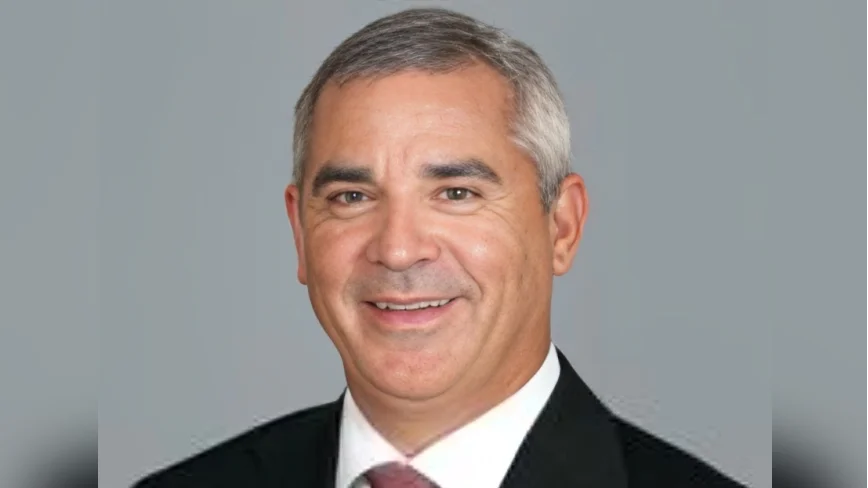Construction spending declined by 0.1 percent between April and May to a seasonally adjusted rate of $2.139 trillion, amid declines in demand for a range of nonresidential and residential construction projects. However, construction spending levels are up 6.4 percent compared to May 2023, according to an analysis by the Associated General Contractors of America released today of new federal data. Association officials noted that public construction demand was up 0.5 percent for the month, helping offset declines in other types of activity.
“The Census Bureau today responded to requests by the association and others to show data centers separately from the overall private office category,” said Ken Simonson, the association’s chief economist. “While the overall category slipped just 1.7 percent in the latest 12 months, that total hides a 69.0 percent jump in data center construction, which nearly offset an 18.5 percent plunge in spending on actual private offices.”
Spending on private nonresidential projects declined 0.3 percent on balance in May but rose 4.1 percent year-over-year. The largest private segment, manufacturing construction, grew 1.3 percent for the month and 20.2 percent over 12 months. Commercial construction fell 0.6 percent in May and fell 13.5 percent from a year earlier. Investment in power, oil, and gas projects slipped 0.8 percent in May but rose 8.3 percent year-over-year.
Spending on private residential construction edged down 0.2 percent for the month but grew 6.5 percent year-over-year; single-family construction fell by 0.7 percent but grew 13.8 percent year-over-year; multifamily spending remained flat in May and fell by 4.6 percent from May last year.
Public construction spending grew by approximately half a percentage point for the month and increased by almost ten percentage points over twelve months; highway and street construction dipped slightly during May but was up nine percentage points annually; public educational expenditures saw moderate monthly growth with consistent annual increases as well.
Association officials cited new regulatory obstacles as hindrances preventing higher public-sector expenditure rates on various projects urging federal regulators streamline review processes especially regarding Build America initiatives allowing more rapid project commencements following funding announcements while also advocating enhanced workforce development efforts nationwide.
“Federal officials should be looking at ways to reduce the amount of time and red tape it takes to go from announcing funding for a project to starting that project,” said Jeffrey D Shoaf CEO emphasizing importance investing encouragement preparation prospective workers aiding broader infrastructure endeavors too.
___


